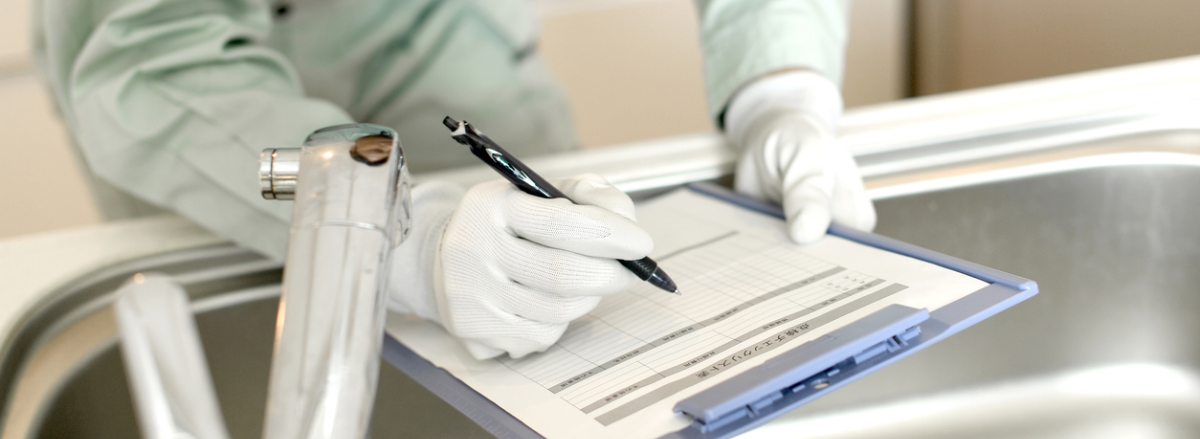Anesthesia Safety Checklist: What Every Facility Should Implement

When it comes to anesthesia, most problems begin with a small oversight—a missing medication, an unchecked monitor or a misunderstood airway plan. These are preventative issues that happen even in well-run operating rooms and procedural settings every day, and they can have very serious consequences.
This is why more facilities are implementing standardized anesthesia safety checklists as a practical and proven tool to identify risks before they escalate. This blog will break down what an effective anesthesia safety checklist should include and how it can be adapted to fit any clinical environment.
Why every facility needs an anesthesia safety checklist
With anesthesia comes serious risks, which is why a safety checklist is essential to help prevent avoidable errors. It ensures proper equipment checks, medication verification and team communication before, during and after procedures. Facilities that use checklists consistently see fewer complications and better patient outcomes. A safety checklist is a simple but essential step for safe and effective care.
What should every checklist include
Let's break it down into three key phases of care:
1. Before induction (pre-op phase)
- Confirm patient identity and procedure
- Review allergies and ensure informed consent is signed
- Make sure the surgical site is clearly marked
- Perform a focused anesthesia assessment
- Check and calibrate anesthesia machines and monitors
- Verify that all airway equipment is available and working
- Confirm that emergency medications are ready
- Review the plan and clarify roles with the surgical team
2. Before incision (time-out phase)
- Conduct a full team time-out
- Double-check that all monitors are functioning
- Review medication labels, concentrations and doses
- Reconfirm airway strategy and backup plans
- Make sure emergency protocols are known
- Begin anesthesia documentation
3. After the procedure (post-anesthesia phase)
This phase ensures that careful transitions are in place for a safe recovery.
- Confirm return of airway reflexes and stable vitals
- Ensure pain and nausea are well managed
- Provide a complete verbal handoff to the recovery team
- Document any intraoperative events
- Review post-op monitoring needs, orders and instructions
Implementing the checklist
A checklist will only work if people actually use it and believe in its ability to catch mistakes. This begins with safety being made a visible priority and the checklist shouldn't be made an optional tool. It's also important that teams are given the support they need to implement this each time—even if that means walking through the checklist together during a drill or team meeting so it becomes second nature.
It's also essential to designate someone to lead the checklist during each case to ensure it doesn't fall through the cracks. When the checklist is built into your clinical workflow, it makes it easier to document. Like any other part of patient care, the checklist should be reviewed regularly and adjusted based on any feedback or changes in practice. It should be something that evolves with your team and your patients.
Common mistakes to watch for
It can be easy to let the checklist become a formality, but one common mistake is rushing through it because that's often where errors begin. Another mistake is using a one-size-fits-all checklist that doesn't match the needs of your facility.
Handoffs are also a frequent weak spot. Missing key details during transitions due to poor communication can undo otherwise solid care. And if a checklist isn't reviewed regularly, it can become outdated and less effective over time. Ensure that the checklist is active, relevant and integrated into daily practice, so it stays useful.
Conclusion
Anesthesia checklists are designed to establish habits that protect patients and support the clinical team. When used consistently, a well-designed checklist helps catch small oversights before they become serious problems. The key is making it practical, relevant and part of a routine, not something that's done because you have to, but because it works.
Ready to enhance your anesthesia safety checklist or create one tailored to your environment? Contact us to learn more!
